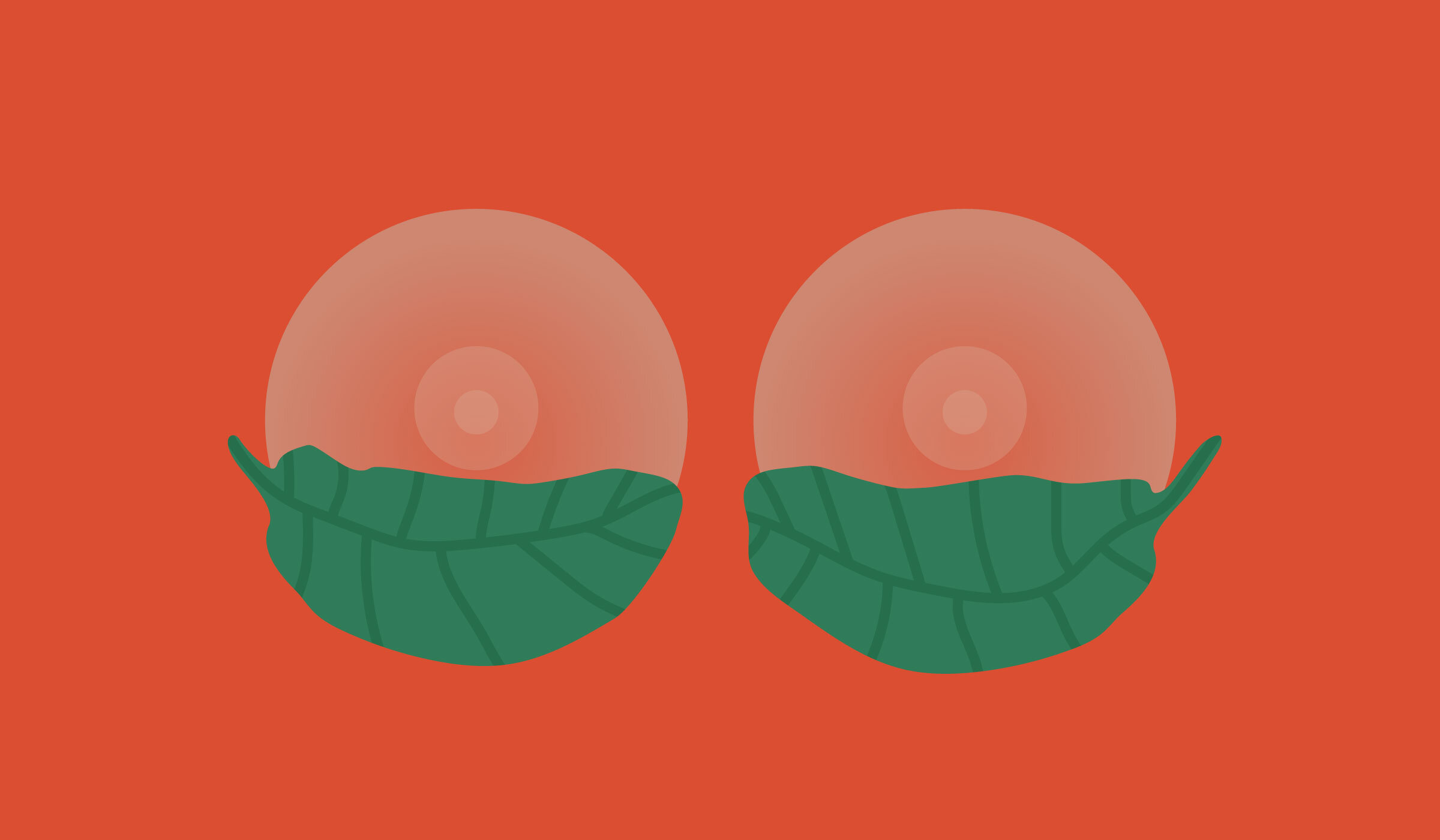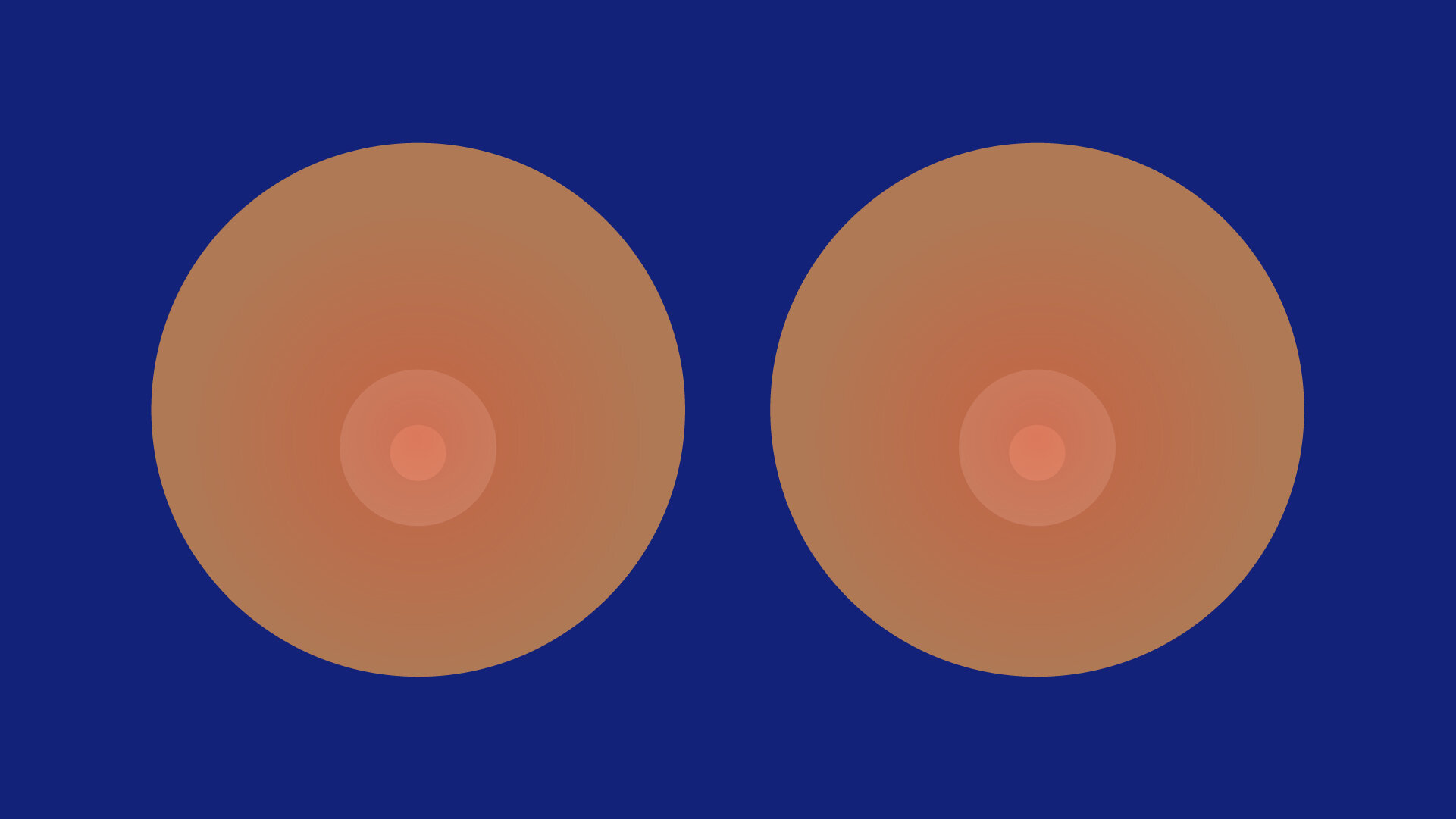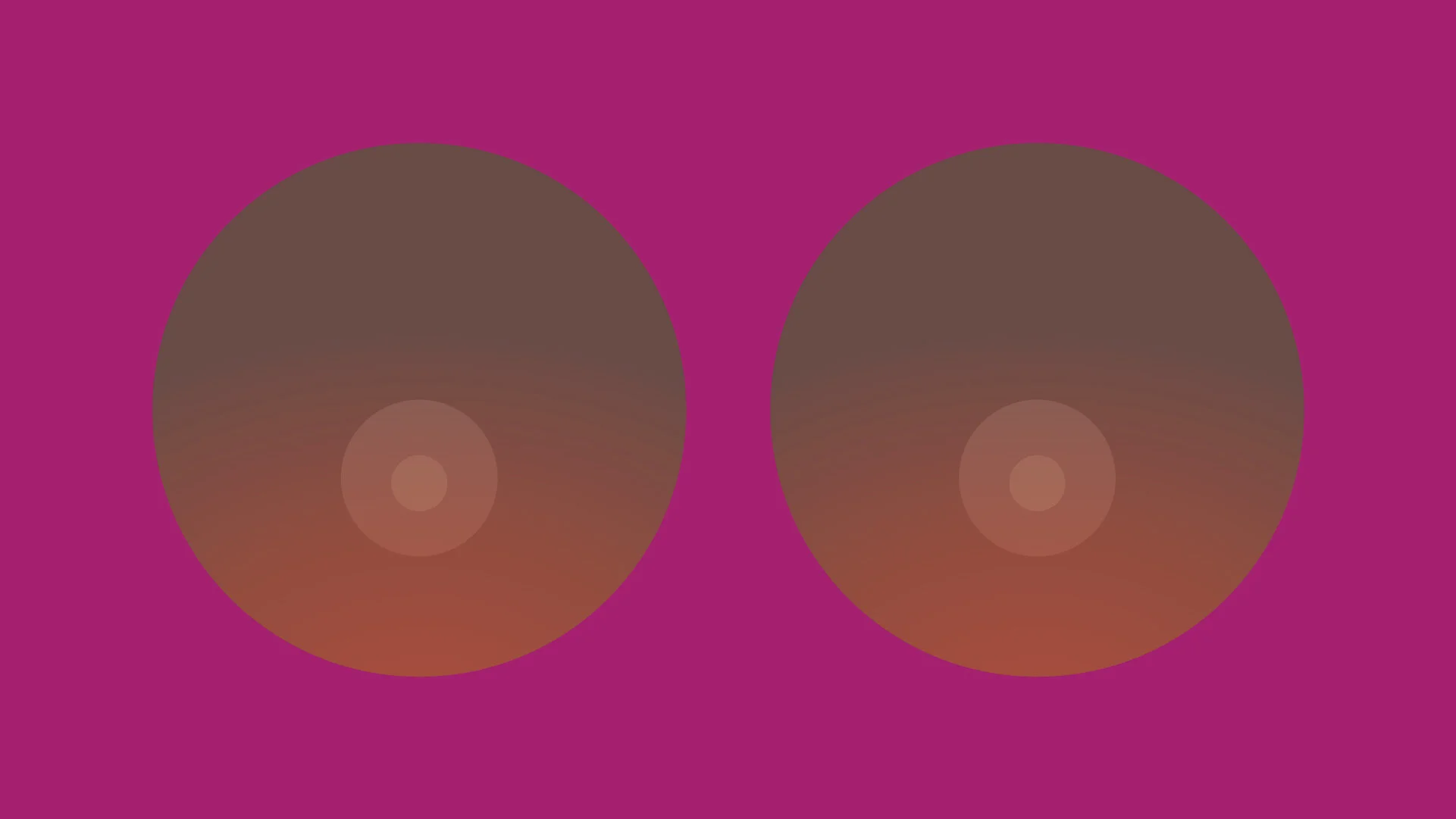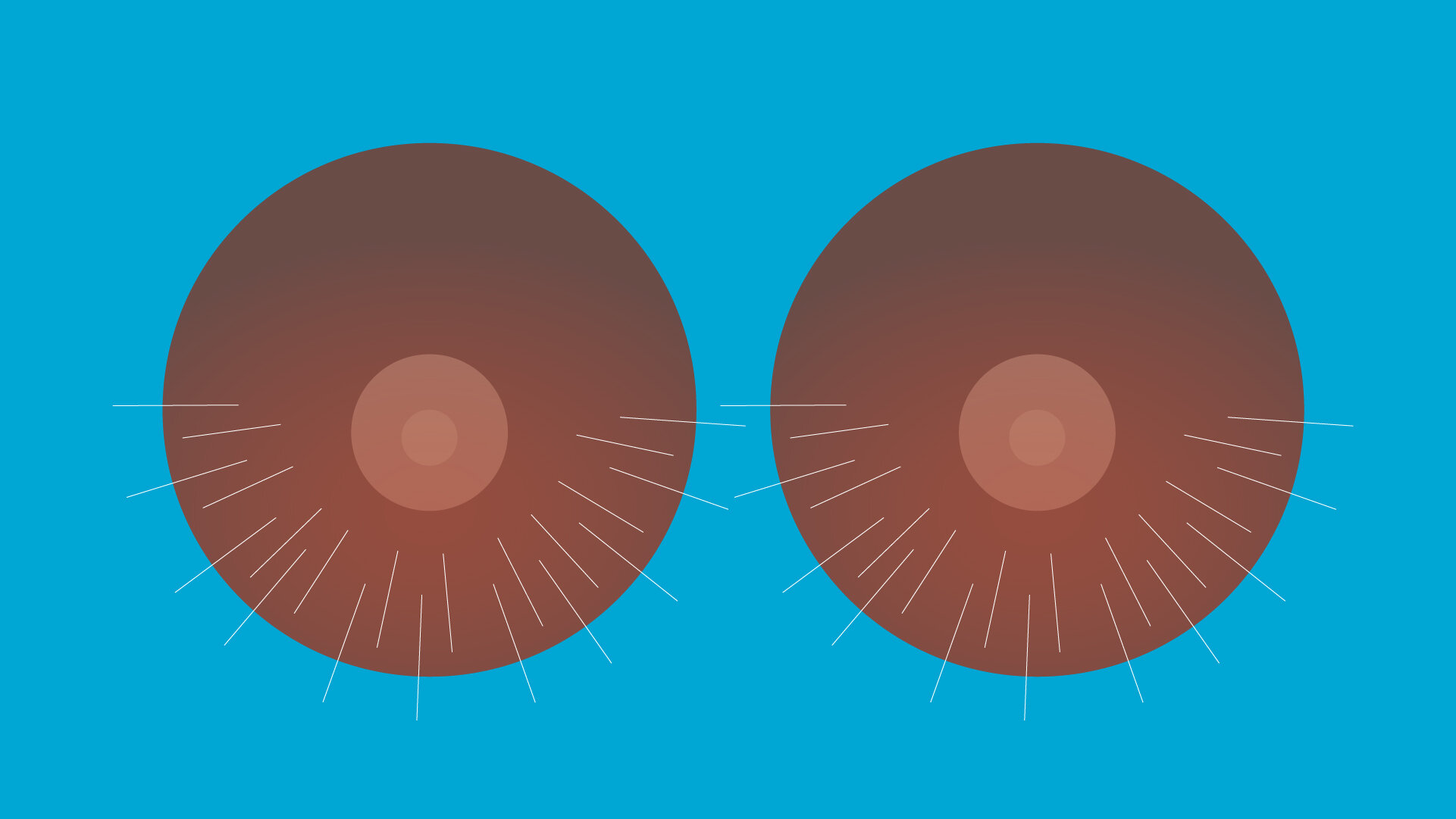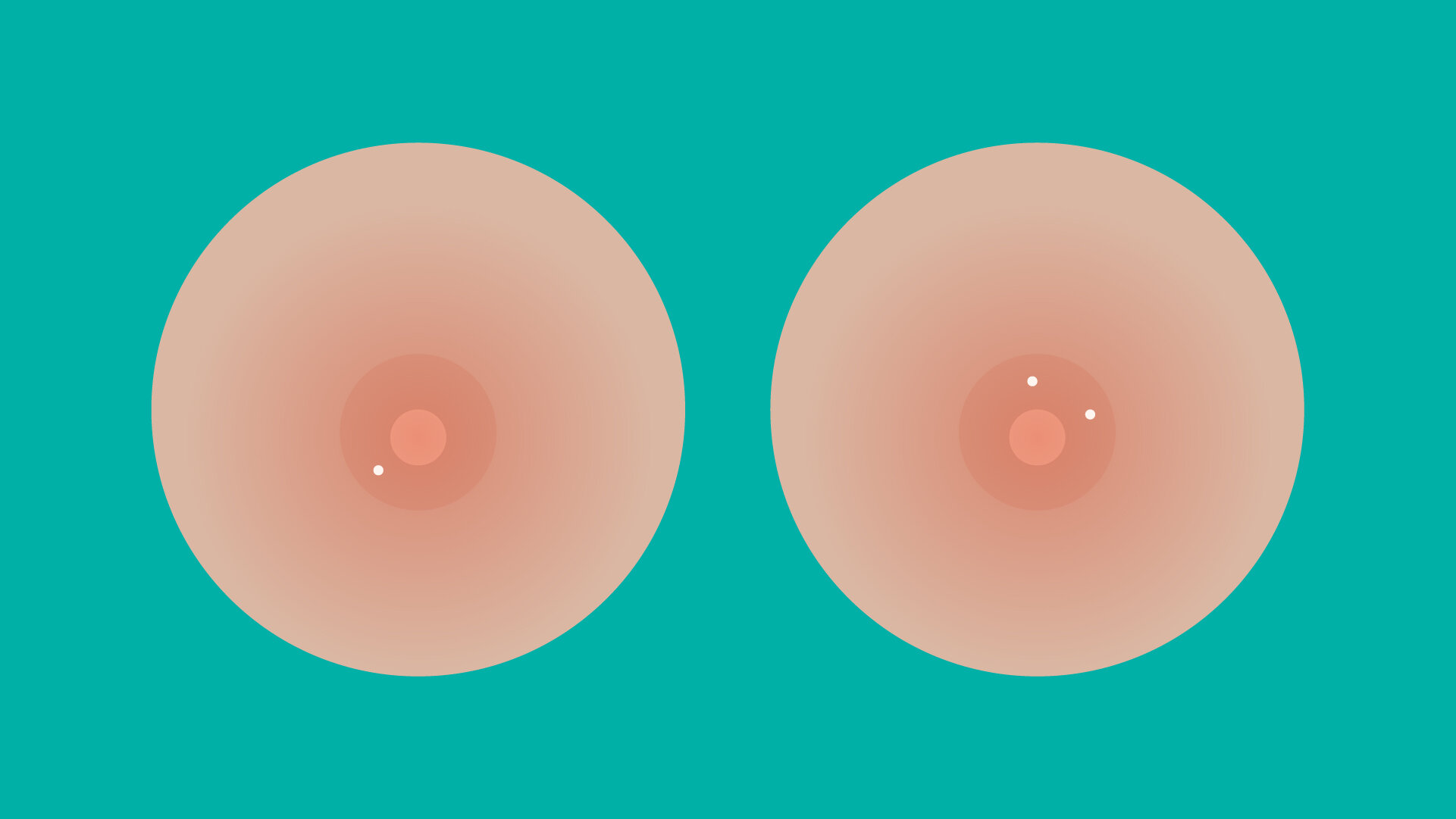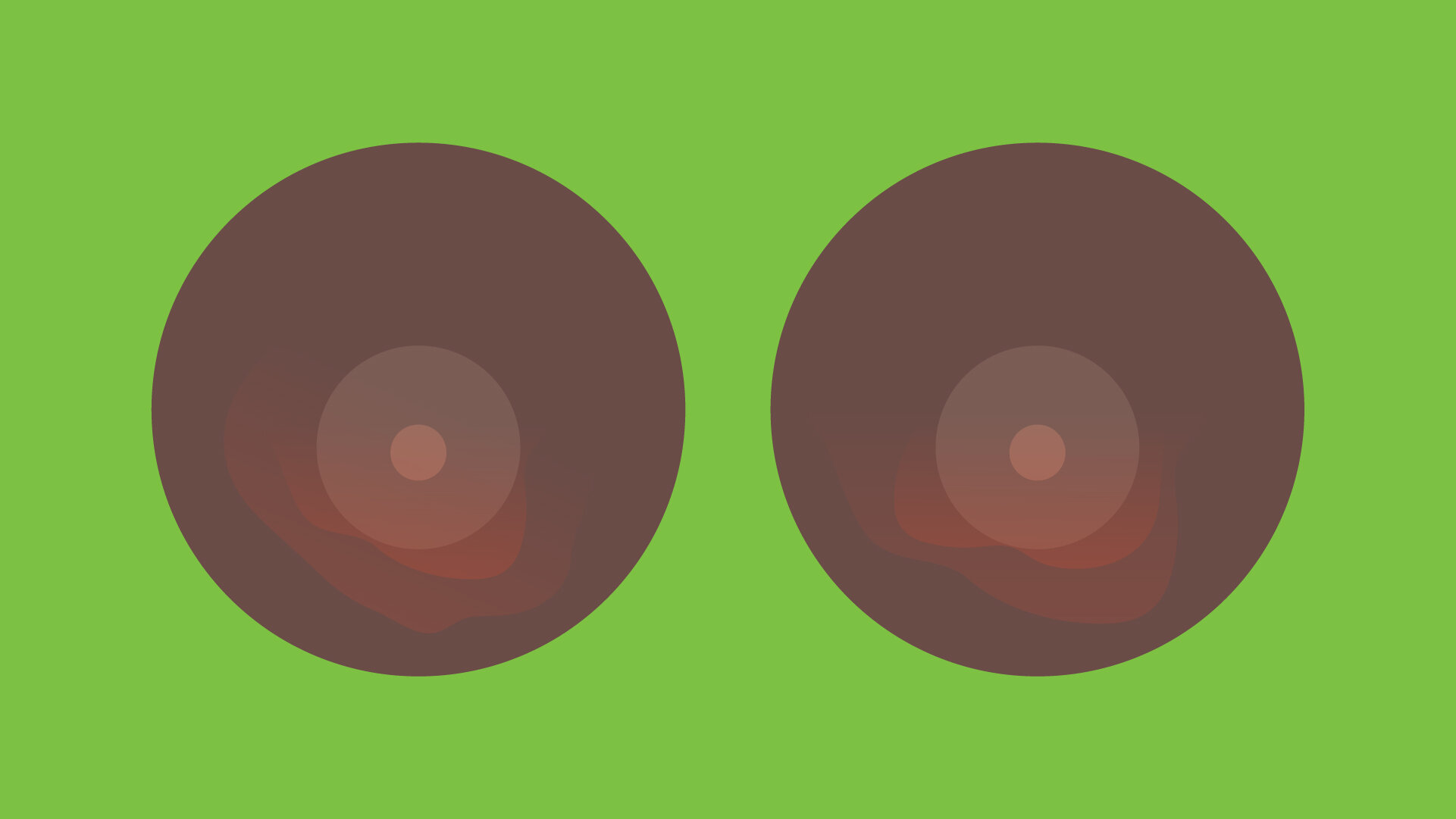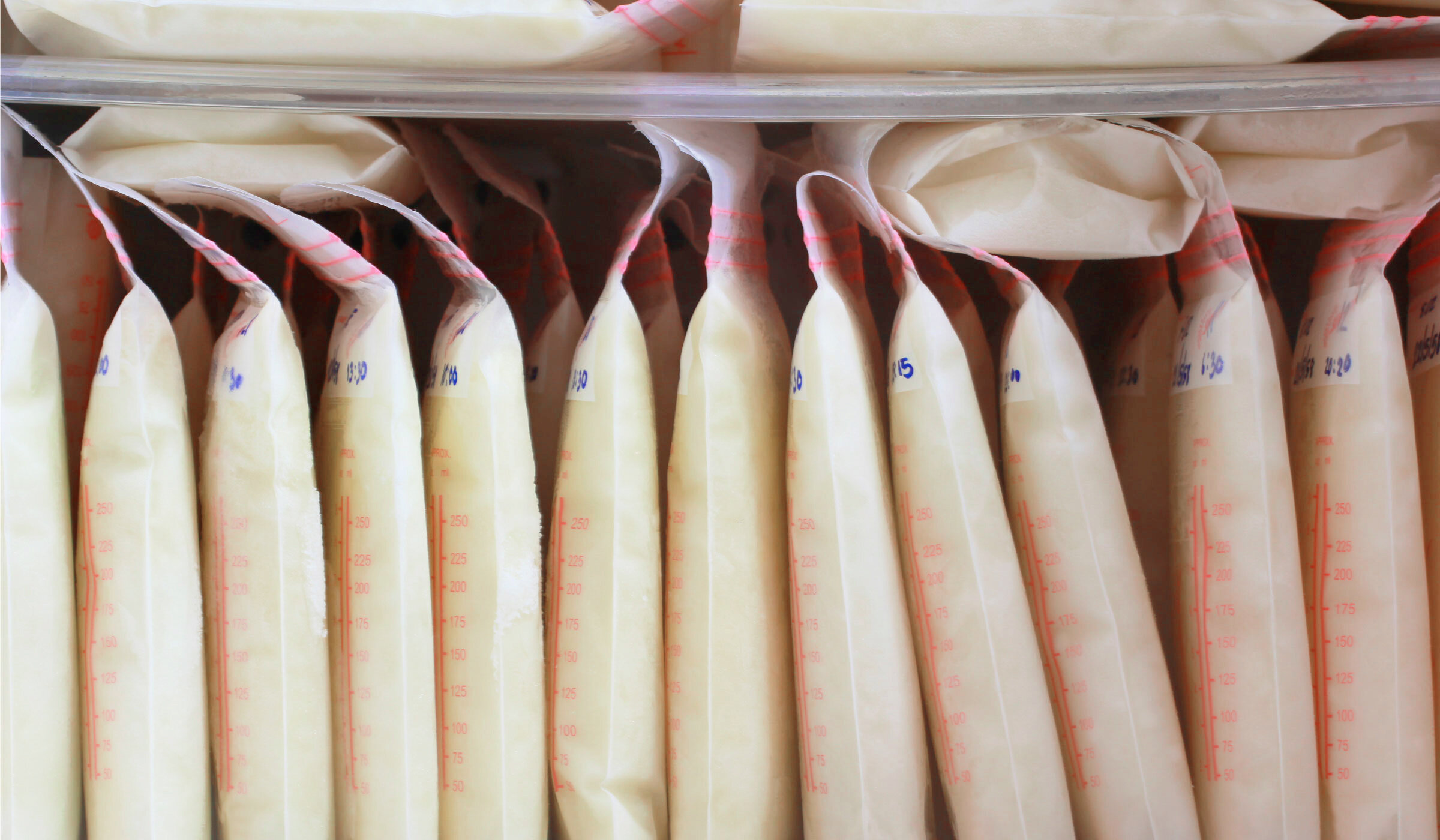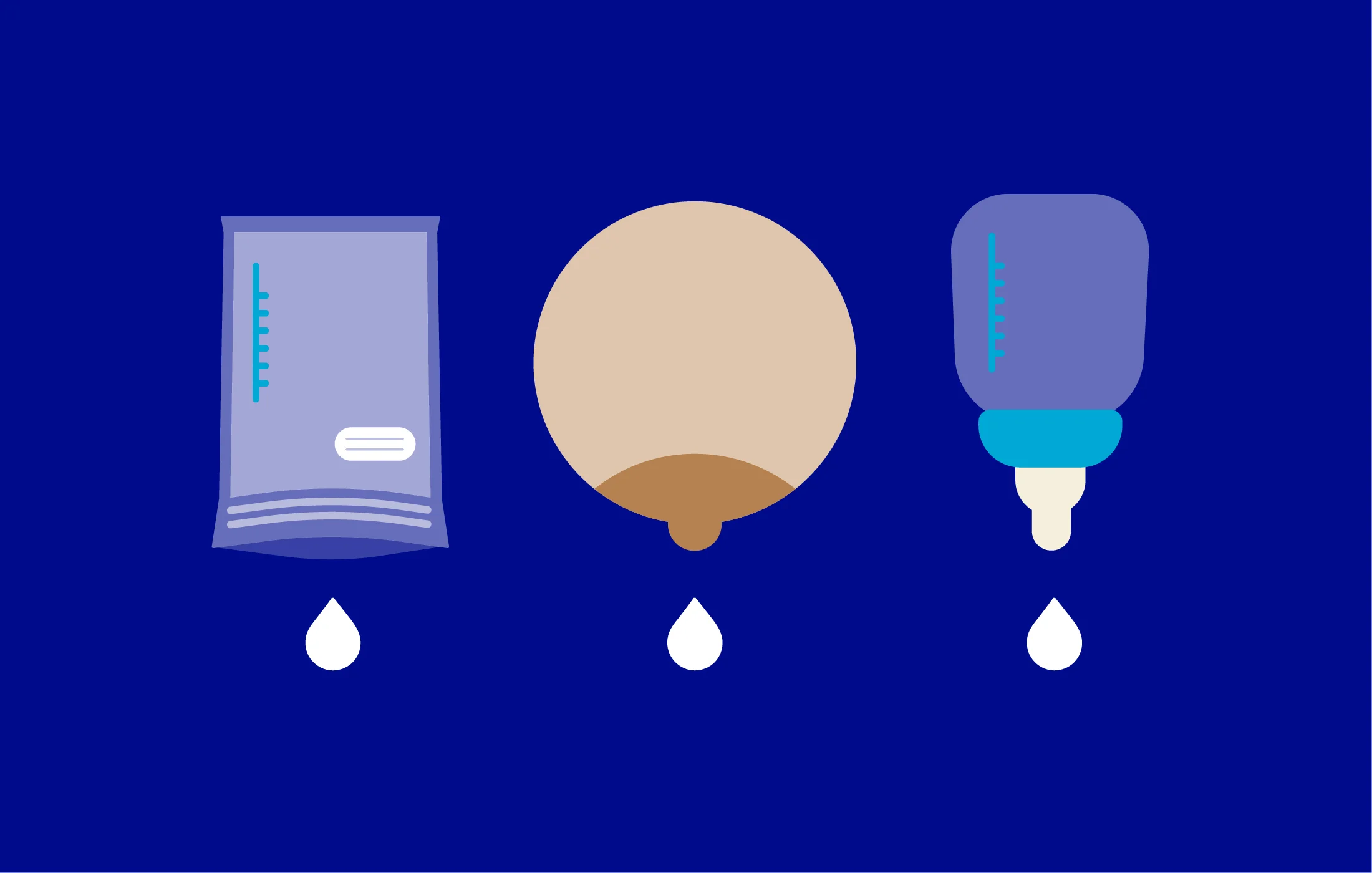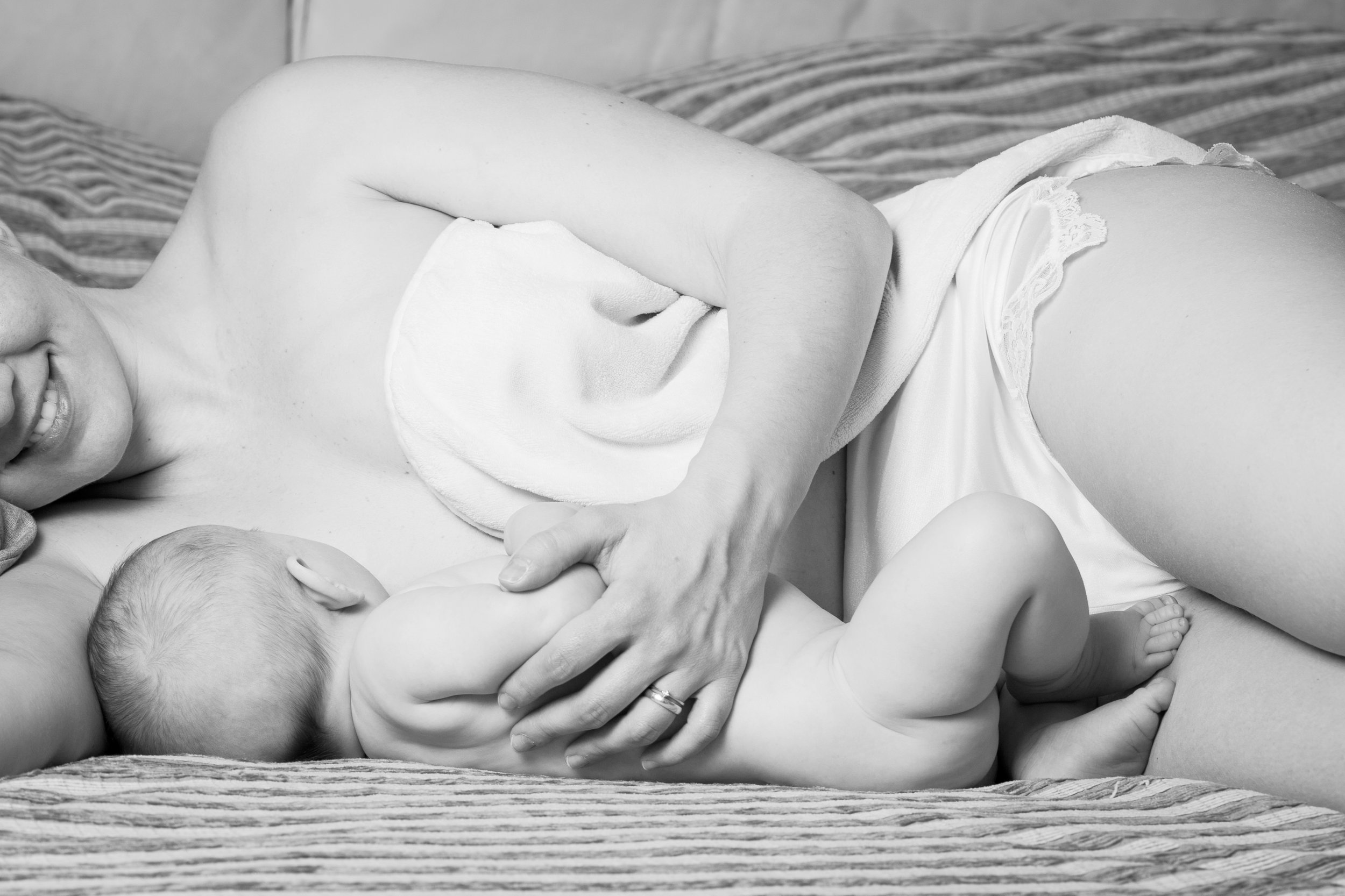Fast Fixes for Common Breastfeeding Problems
If you’re new to breastfeeding, common pains-in-the-boobs can get you down. And maybe even challenge your breastfeeding goals. But a little information—and some helpful tips—can go a long way in staying the course. (Spoiler alert: an incorrect latch is often the root of the problem and a lactation consultant can help with that).
Problem: Clogged milk ducts
Symptoms: A small reddish lump in your breast that feels sore or tender to the touch is likely a clogged milk duct.
Solution: Breastfeeding (or pumping) is the best remedy. Apply warm compresses before you nurse (or stand in a hot shower), give yourself a breast massage, and try a different nursing position (the dangle lets gravity work for you). If you’re prone to clogged ducts, talk to your doctor about lecithin supplements (which may make your breast milk less sticky). There’s a lack of clinical research on their efficacy, but many moms swear by them.
Good-to-know: Some moms recommend using a (clean) vibrator or electric toothbrush to massage the clogged duct. (True story.) Blocked ducts can turn into mastitis—an infection that usually requires antibiotics—so it’s important to treat them before they do.
Problem: Mastitis
Symptoms: If you experience breast pain, breast swelling, or a burning sensation during breastfeeding, accompanied by a fever or chills, you could have lactation mastitis—a bacterial infection that needs to be treated with antibiotics.
Solution: To avoid developing mastitis, stick to a regular nursing/pumping schedule and completely empty your breasts every time. If your symptoms last more than 24 hours, you spike a high fever (101 or higher), or you notice pus or blood in your breast milk, consult your doctor.
Good-to-know: Breast massage and probiotics may help reduce the risk of developing mastitis, but more research is needed.
Problem: Engorged + painful breasts
Symptoms: Breasts feel rock hard, tight, and heavy.
Solution: Breastfeeding or pumping—and completely emptying your breasts of milk—is the best treatment. If your breasts are still painful after a nursing session, apply a cold compress for 15 minutes every hour as needed.
Good-to-know: Putting chilled green cabbage leaves on your breasts—not your nipples—may help reduce pain and engorgement. Pro-mom tip: tuck the leaves inside your bra and leave on for 20 minutes or until they’re no longer cool.
Problem: A stabbing pain in breasts or nipples
Symptoms: Breast or nipple pain that’s stabbing, burning, or feels like pins and needles—both during and after nursing—can be the result of a vasospasm, when contracting blood cells reduces blood flow to a particular area. You may also notice your nipples turning white, then blue or red. Nipple vasospasms are related to Raynaud’s phenomenon—which affects 20 percent of women. (Some moms develop it when they’re pregnant!)
Solution: Dress warmly and breastfeed in a warm environment. As soon as your babe comes off your breast, place your hand over your nipple to keep it warm as you readjust your nursing bra. It also helps to place a heating pad—over your clothes—on your breast.
Good-to-know: Avoid caffeine as it can restrict blood vessels.
Problem: Sore or cracked nipples
Symptoms: Tender, sore, or chafed nipples that can develop into cracks or open wounds.
Solution: Ice your nipples (with ice cubes wrapped in a soft towel) right before you nurse to help ease the pain. After nursing, pat your nipples dry, apply breast milk or a 100% lanolin nipple cream, and keep your nipples exposed to air to help them heal. Be sure to change your (cotton!) nipple pads after each feeding. An incorrect or shallow latch is the leading cause of nipple pain, so work with a lactation consultant to ensure your baby has a good one. Persistent nipple pain is one of the main reasons moms prematurely end their breastfeeding journey, but most nipple pain subsides after the first 7-10 days postpartum. If the pain persists, see your doctor.
Good-to-know: Continued nursing with cracked nipples can increase your chance of developing mastitis as bacteria enter an open wound.
Problem: Milk blebs
Symptoms: A small white spot on your nipple that looks like a pimple. Milk blebs—also called milk or nipple blisters—develop when skin grows over a nipple pore and creates a backlog of blocked milk.
Solution: Soak your nipples (or your whole body!) in an epsom-salt bath to help open the pore. Then apply a hot compress directly to the blister for 15 minutes. Once you've opened your pores with heat, try gentle massage to release the clogged milk or apply a little breast milk. Continue breastfeeding as your baby’s sucking helps remove milk blockages. Call your doctor if the bleb persists, you see pus, or you develop a fever.
Good-to-know: Applying a cotton ball soaked in olive oil directly on the milk bleb can help soften the skin.
Problem: Thrush
Symptoms: Itchy or burning nipples, shiny or flaky skin around your nipples and areola, and shooting pain in your breasts could be a sign of thrush, an overgrowth of the yeast fungus Candida albicans.
Solution: The common treatment for thrush is a prescription antifungal medication. It also helps to wash your hands, sterilize everything that comes into contact with your babe’s mouth (as you and your babe can pass thrush back and forth—good times!), wear cotton bras (which are less likely to trap moisture), drink plenty of water, and let your nipples dry completely between nursing sessions.
Good-to-know: Taking antibiotics and oral contraceptives can put you at higher risk for developing thrush.
Mamava designs solutions to empower breastfeeding and pumping parents on the go, like our freestanding lactation pods, Mamava’s lactation space locator app, and other helpful resources.
More parent resources

